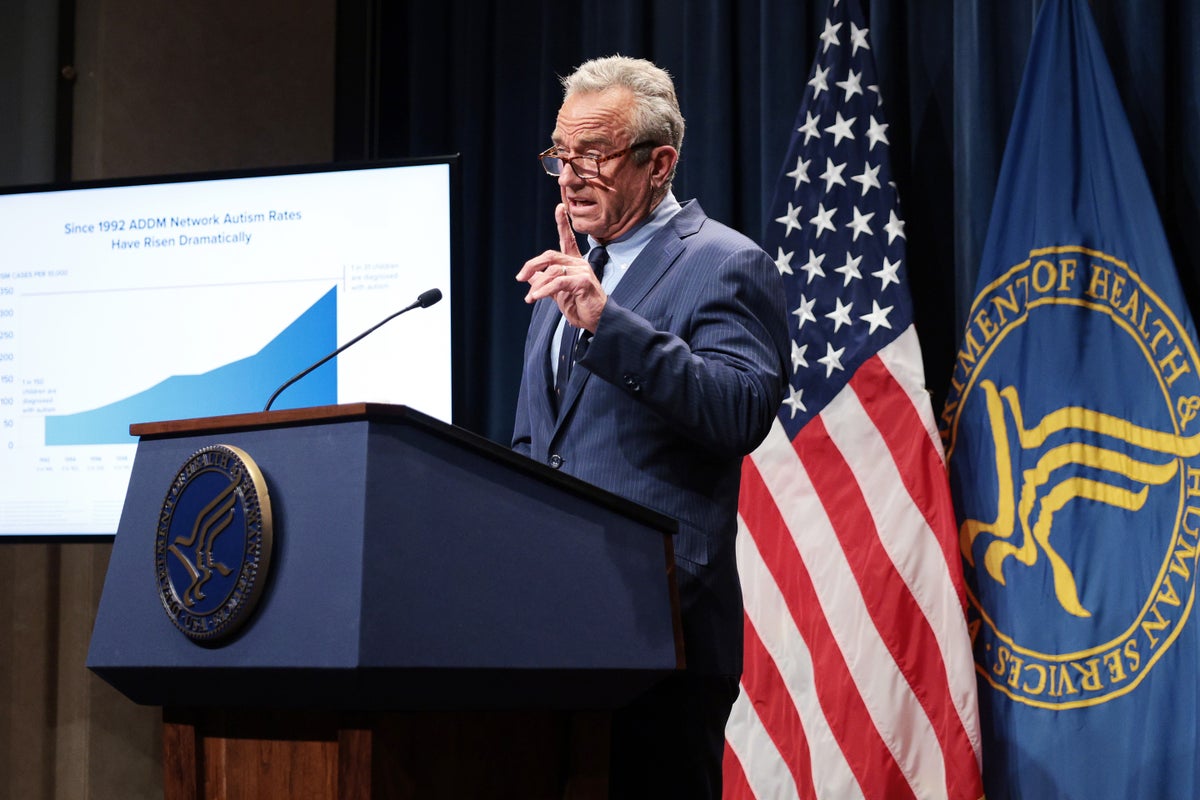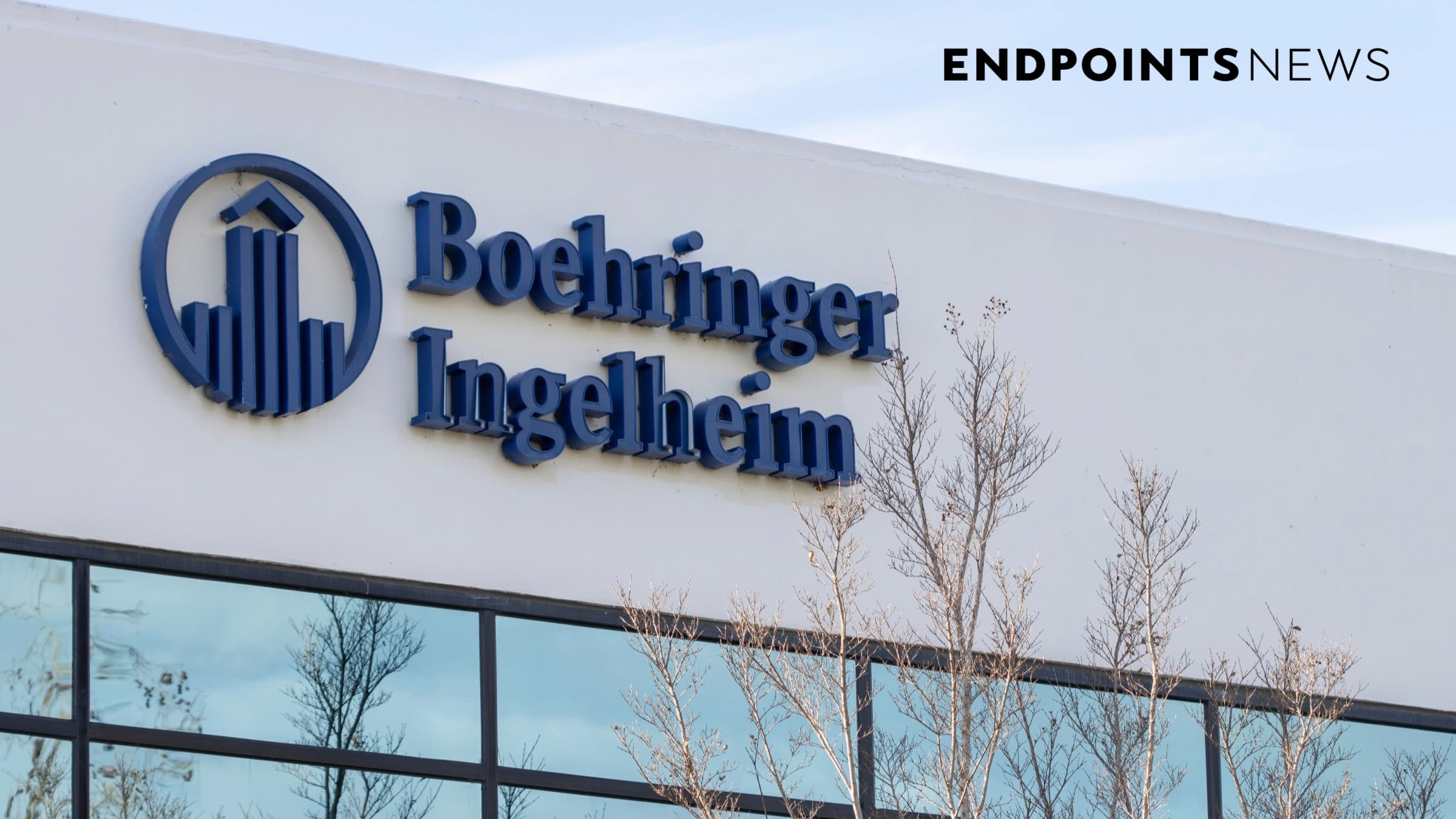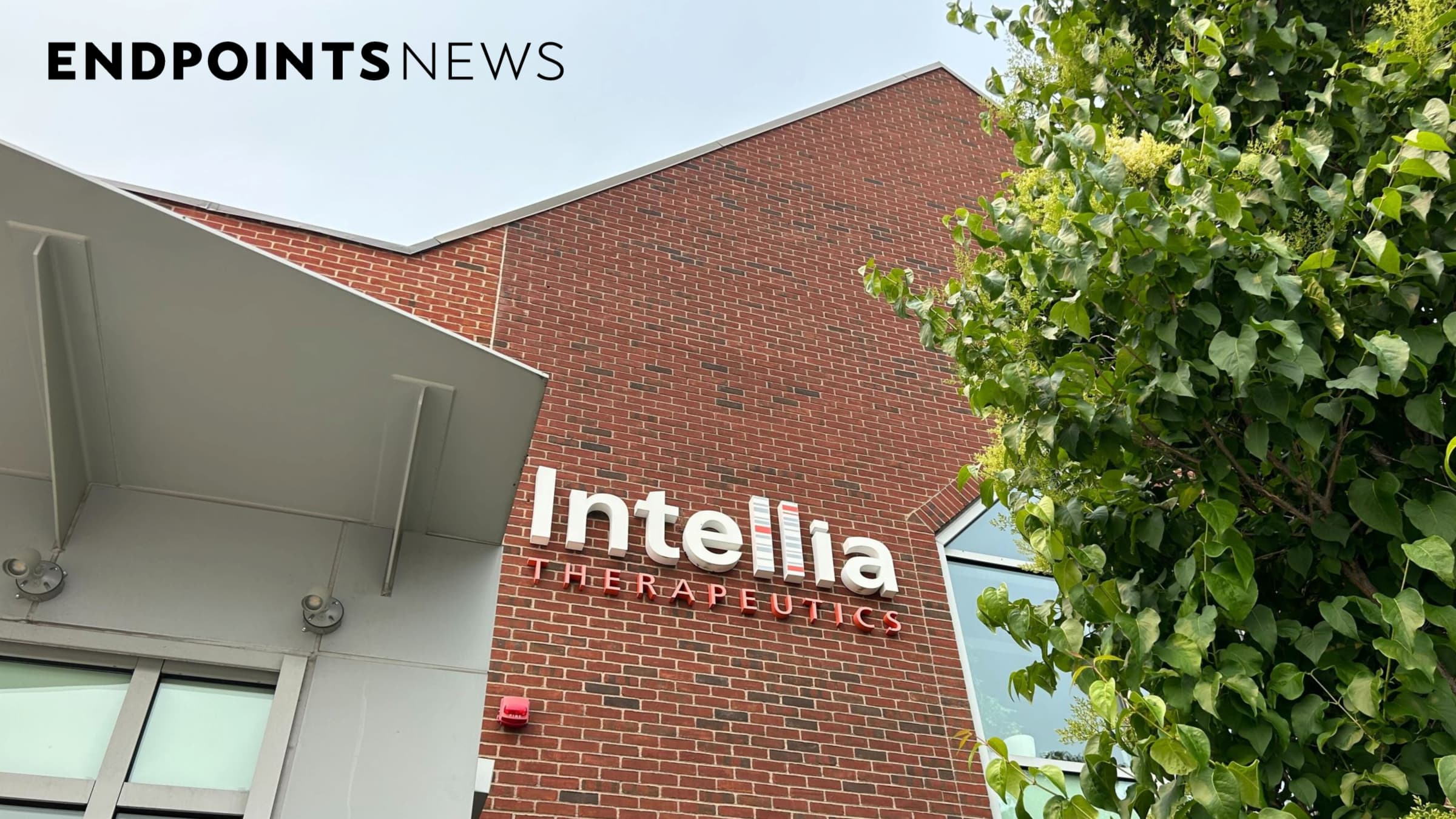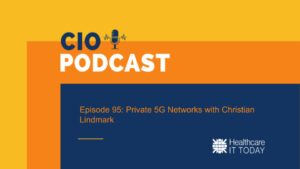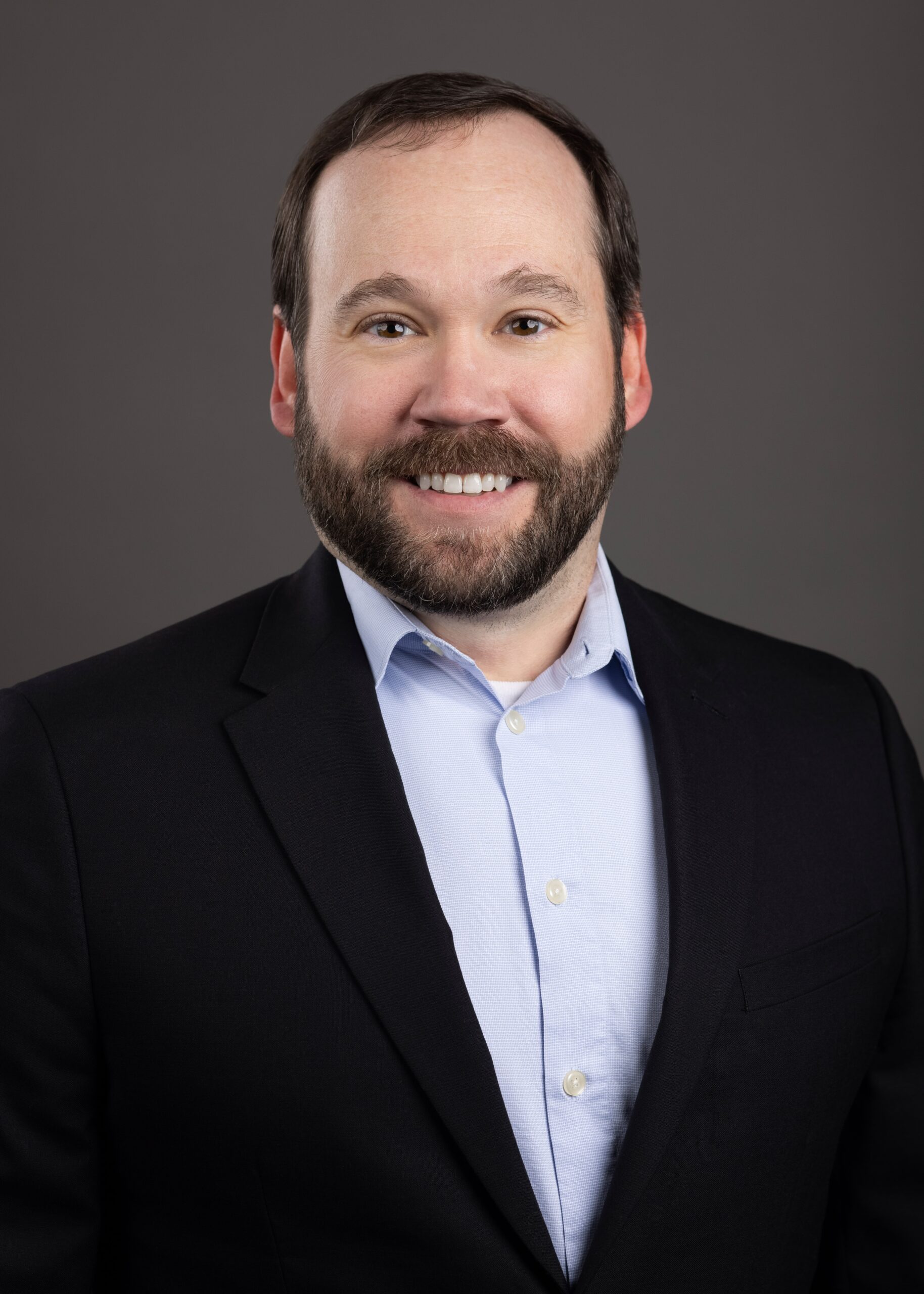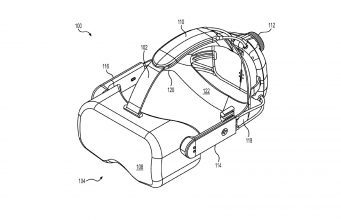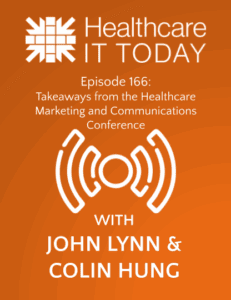How Retrospective and Prospective Views Unite to Transform Risk Management
The following is a guest article by Jay Ackerman, CEO and President at Reveleer Effective risk adjustment is foundational to value-based care healthcare operations, impacting plan design, claims accuracy, care quality, reimbursement, and regulatory compliance. Historically, retrospective risk adjustment has been the default approach, but it’s not enough in today’s rapidly evolving, value-based care environment. […]

The following is a guest article by Jay Ackerman, CEO and President at Reveleer
Effective risk adjustment is foundational to value-based care healthcare operations, impacting plan design, claims accuracy, care quality, reimbursement, and regulatory compliance. Historically, retrospective risk adjustment has been the default approach, but it’s not enough in today’s rapidly evolving, value-based care environment.
To operate at the speed, scale, and accuracy that value-based care demands, payers and providers must blend retrospective insights with prospective foresight, creating a continuous cycle of learning, patient engagement, and improvement. It’s not about choosing one over the other; it’s about making both work better together.
The Interoperability Gap
One of the biggest challenges in risk adjustment today is piecing together fragmented and unstructured patient data. While most patients use their primary care portal, nearly 1 in 3 also have a portal with another healthcare provider (32%) or their insurer (29%). That kind of disjointed access creates blind spots not only in care coordination but also in risk visibility.
When payers and providers can’t align around a complete data set, it hinders both retrospective audits and forward-looking risk models. This is where health IT leaders have a real opportunity to drive change: by enabling better data interoperability and unifying insight streams across the ecosystem.
Retrospective Risk: Essential, But Not Enough
Retrospective risk analysis reveals valuable insights into coding inconsistencies, diagnostic variations, and potential compliance gaps. By highlighting areas for refinement, it empowers payers and providers to strengthen processes and enhance accuracy moving forward.
That said, because it looks back, it identified issues only after care has been delivered, stunting the ability of both payers and providers to drive meaningful improvements in quality and cost savings. That’s why many organizations are now enhancing their approach with prospective strategies — proactively addressing risk and building a more resilient, future-ready model of care.
Prospective Risk: Looking Around the Corner
Prospective risk adjustment helps healthcare leaders anticipate patient care gaps before they impact performance. By analyzing clinical data in advance, organizations can plan ahead to improve patient care and financial performance.
For example, predictive models can flag at-risk patients before high-cost episodes occur, and prospective risk and proactive planning help payers understand how regulatory changes might affect reimbursement. This level of foresight is especially critical in value-based care, where financial and clinical outcomes are closely linked, and early intervention directly impacts performance. Still, the prospective risk approach requires advanced analytics, skilled teams, and robust data infrastructure, and is not always easy to scale.
The AI Bridge
When retrospective and prospective risk adjustment work in tandem, they create a powerful feedback loop that improves both financial performance and patient care. Retrospective insights help providers understand how documentation affects reimbursement and outcomes, motivating more accurate records going forward. At the same time, prospective strategies equip clinicians with timely data to proactively identify high-risk patients and close care gaps. This collaborative, data-driven approach not only strengthens coding accuracy and resource allocation, it also empowers providers to deliver more targeted, effective care before risk deadlines pass.
Together, these two approaches provide a balanced strategy for managing risk, and AI can help strengthen risk adjustment. With the ability to extract, integrate, and analyze large volumes of structured and unstructured data, AI provides predictive insights that support prospective planning.
More importantly, AI helps bridge gaps across fragmented systems and workflows, reducing administrative burden, improving accuracy, and accelerating decision-making. Along with humans overseeing the data and making the care and financial decisions, the result is a more efficient, data-driven approach to risk adjustment that’s built for resilience and scale.
Where We Go From Here
As value-based care continues to evolve at a rapid pace, the organizations best positioned for success are those that can learn from the past while proactively shaping the future. Unifying retrospective and prospective risk strategies — amplified by data and AI — enables greater agility, operational efficiency, and improved outcomes. At Reveleer, we see risk management and care gap management not as a back-office function, but as a strategic advantage. And in a world of fragmented data and rising complexity, that kind of integration isn’t just smart, it’s necessary.
 About Jay Ackerman
About Jay Ackerman
Jay Ackerman is an enterprise software executive and strategic leader at Reveleer, where he has been shaping Reveleer’s vision to deliver a comprehensive platform to support Payers and Providers working in Value-Based Care models. With over 30 years of experience in software and services, he has held executive leadership roles at Guidance Software, ServiceSource, and WNS North America, companies with track records of success in forging transforming solutions in their respective markets. At Reveleer, he has established the company as a SaaS leader in enabling value-based care programs. Jay holds an MBA from NYU’s Stern School of Business and a bachelor’s in economics from Connecticut College, He lives in Los Angeles with his wife and two sons.


















































































